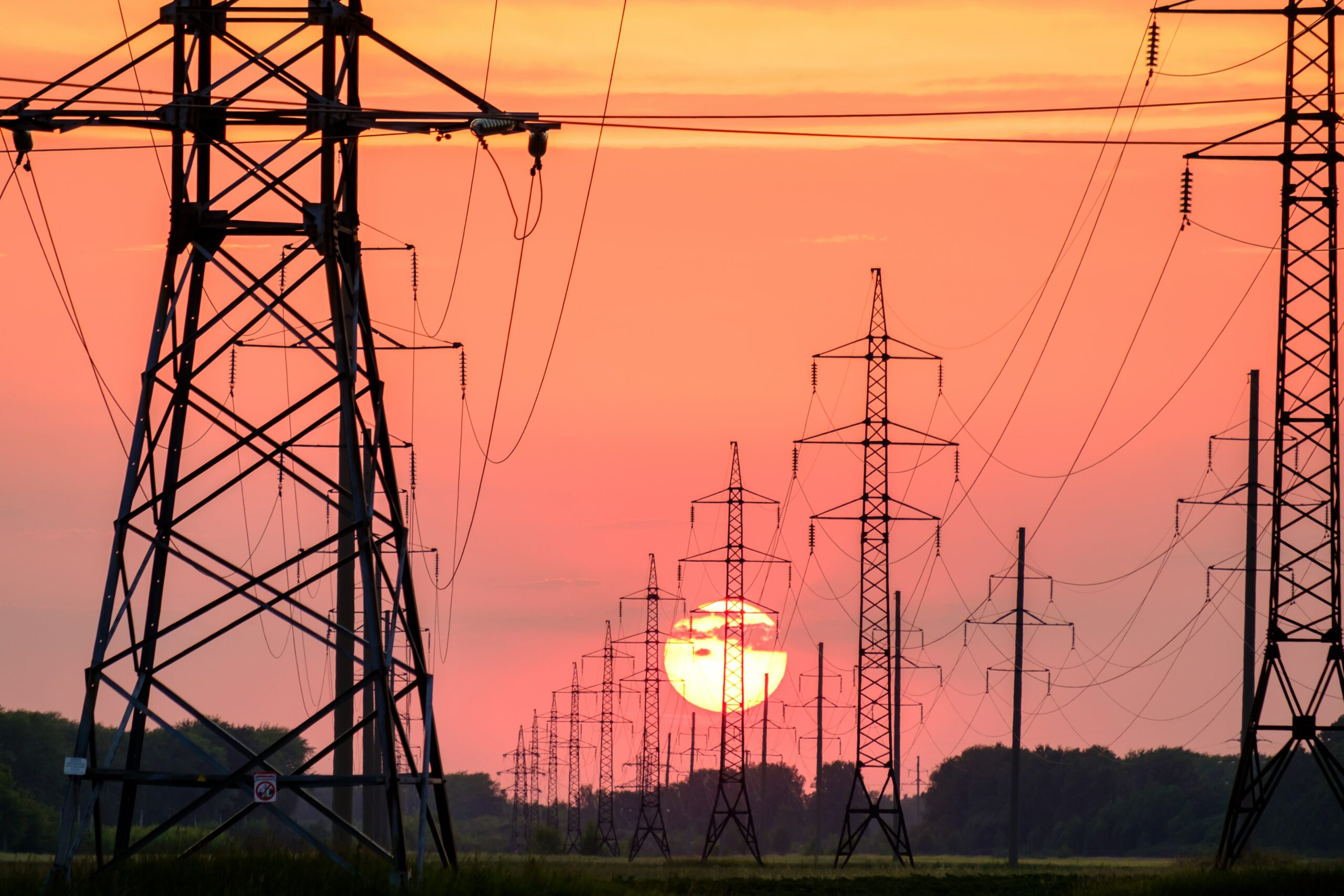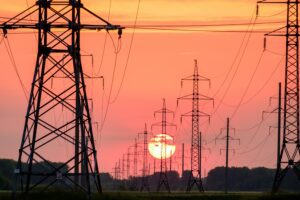

Electricity Consumption Management to Balance the Grid
In early September 2022, the temperature in Sacramento, California reached 116°F (46.7°C), the highest temperatures since record-keeping began. The extreme heat created a huge strain on the electrical grid and the utility Pacific Gas & Electric delivered notices of possible outages to more than half a million customers. Rotating outages are an example of a worst-case outcome of electrical grid strain that Leap, e-Mission Control’s latest channel partner, addresses. Leap works with “demand response” or adjustment to the demand on the electrical grid, creating a cleaner, more sustainable, and more resilient grid. This is especially important as a growing number of electrical vehicles (EVs) and equipment in California demand power as they charge from the grid.
The electrical grid is the complex system of electricity substations, transformers, and power lines that move power from power plants to consumers. In the United States, according to the U.S. Energy Information Administration, the entire electricity grid consists of hundreds of thousands of miles of high-voltage power lines and millions of miles of low-voltage power lines with distribution transformers that connect thousands of power plants to hundreds of millions of electricity customers all across the country.
Demand response and other grid service programs pay energy consumers to turn vehicles, equipment, and lights off when demand is high to reduce strain on the grid. Demand response management helps keep “peaker plants” turned off. These are plants that run when there is high demand but are mostly idle. This is important since peaker plants are very expensive to run and emit particulates and greenhouse gases such as nitrogen oxides. Even without seasonal spikes in power demand, 5:00 PM every day sees a huge spike in electricity demand as people come home from work, plug in their EVs, and turn on their air conditioners and ovens. Demand response can be done manually (unplug some cars, turn off some lights) or automatically through technologies like charge management systems (CMS), which will shift vehicle charging away from peak times.
Leap’s platform makes it easy for providers of smart energy technologies to generate revenue by supplying flexible support to the electric grid. These smart energy technologies may include:
Leap monetizes providing a service to the grid and makes it possible for even small energy resources to participate in these programs.
Similar to a grid service revenue stream, the Low Carbon Fuel Standard (LCFS) is a powerful incentive program to help companies in their electrification journey. The LCFS is a market-based incentive program that is intended to reduce the carbon intensity within the state’s transportation sectors. The program rewards users of low-carbon-intensity or zero-emission equipment by allowing them to generate credits based on how many metric tons of carbon dioxide their equipment has offset.
Regulated entities that produce high amounts of carbon emissions must purchase these credits every 90 days to continue to operate within the state of California. This gives the users of zero-emission equipment a powerful tool to pair with other programs like grid services, grants and tax incentives to simultaneously lower their costs and reduce emissions.
According to the California Air Resources Board, “the LCFS is designed to encourage the use of cleaner low-carbon transportation fuels in California, encourage the production of those fuels, and therefore, reduce GHG emissions and decrease petroleum dependence in the transportation sector.”
The LCFS encourages the use of zero-emission electric vehicles and equipment, including on- and off-road equipment such as forklifts, refer units, cargo-handling equipment, and more.
Work with Leap to help speed the transition to a clean, renewable power system. Leap’s mission is to decarbonize the world’s electric grids just as the mission of the LCFS is to decarbonize the transportation sector in California. For more information on Leap, please reach out to our OEM Partnership Manager, Conner Whaley.